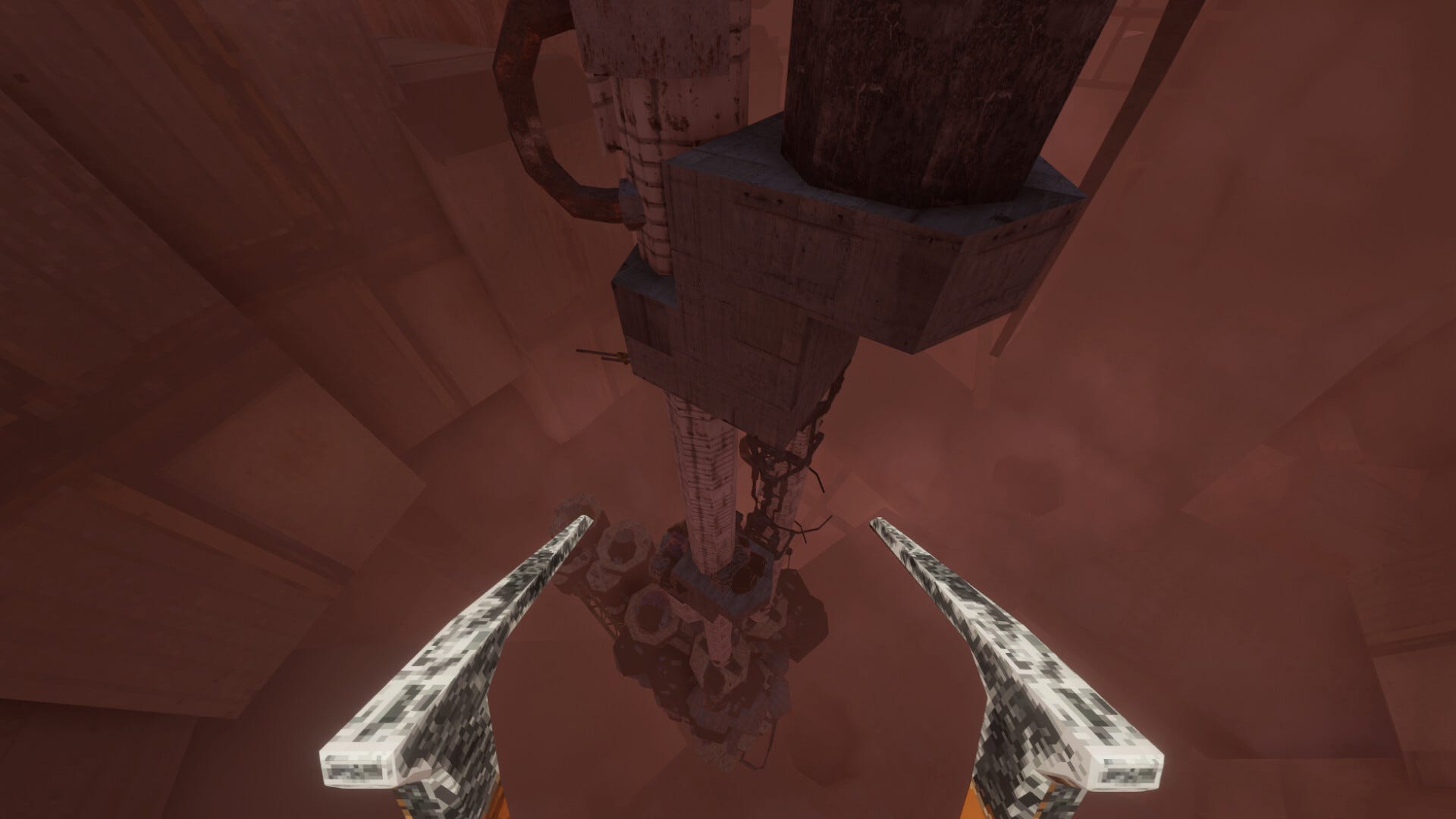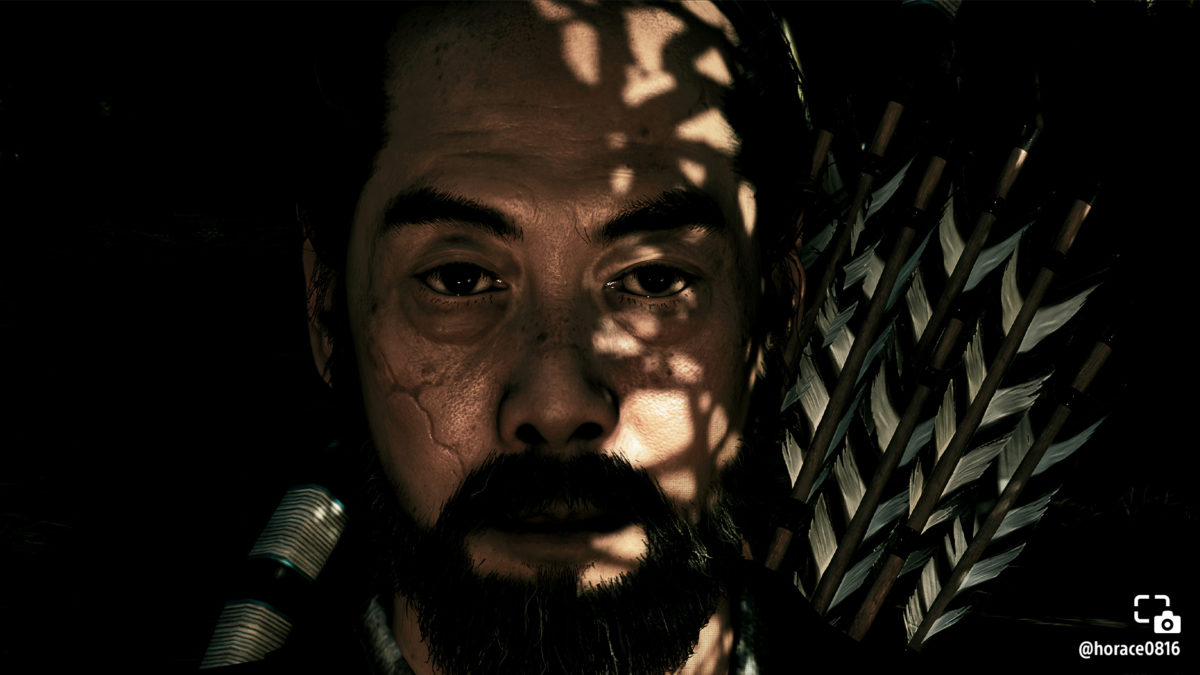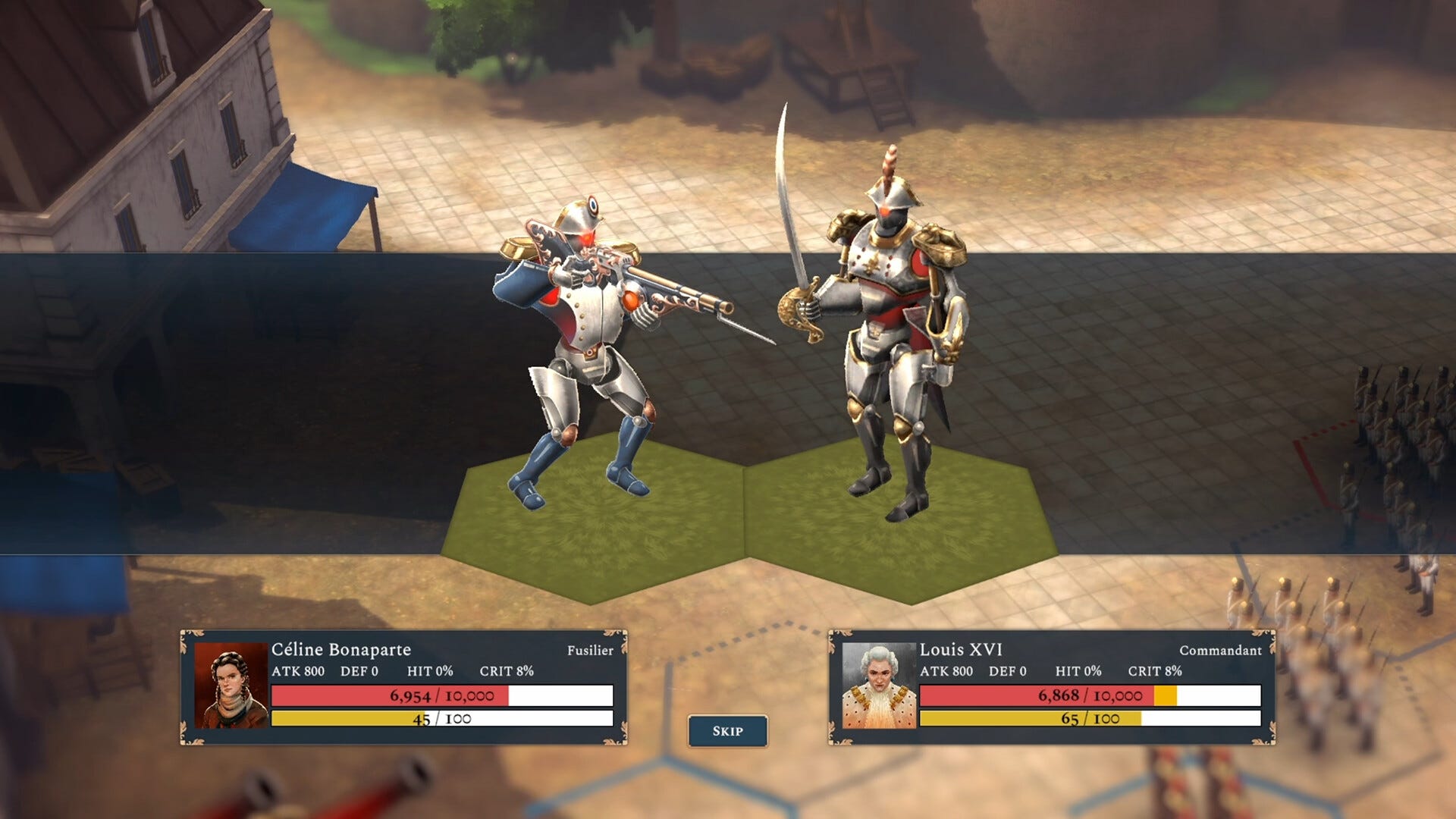Inzoi, The Sims competitor from PUBG developer Krafton, is expected to release on PlayStation 5 and Xbox Series X and S eventually.
Krafton has captured the attention of The Sims fans with a free Inzoi character creator demo available to download on Steam until August 25 at 9pm Pacific, but many are wondering if, like The Sims, it will ever move beyond PC and come to console too.
Fans will be relieved to hear a console release is likely, as a Frequently Asked Questions segment of Inzoi’s Discord, operated by Krafton itself, states the game “is currently on PC (Steam) and is later expected to be on consoles like PS5 and Xbox.”
Krafton announced Inzoi in November 2023 and the release of the character creator indicates development is progressing smoothly, but a late 2024 release window is currently the only indication of a full launch. It also seems a console release won’t happen alongside the PC launch, so those on PS5 and Xbox will likely be waiting even longer.
Inzoi is “a life simulation game where players become gods within the game, allowing them to change everything as they wish and experience endless new stories in various forms of life.” This was enough to capture the attention of disgruntled The Sims fans, with many claiming they’ll switch to Inzoi for good once it’s fully released.
The incredibly detailed and realistic character creator has already been used to recreate some real-life figures and pop culture characters, including Taylor Swift, Harry Potter, Wario, Abraham Lincoln, and more.
Ryan Dinsdale is an IGN freelance reporter. He’ll talk about The Witcher all day.

















